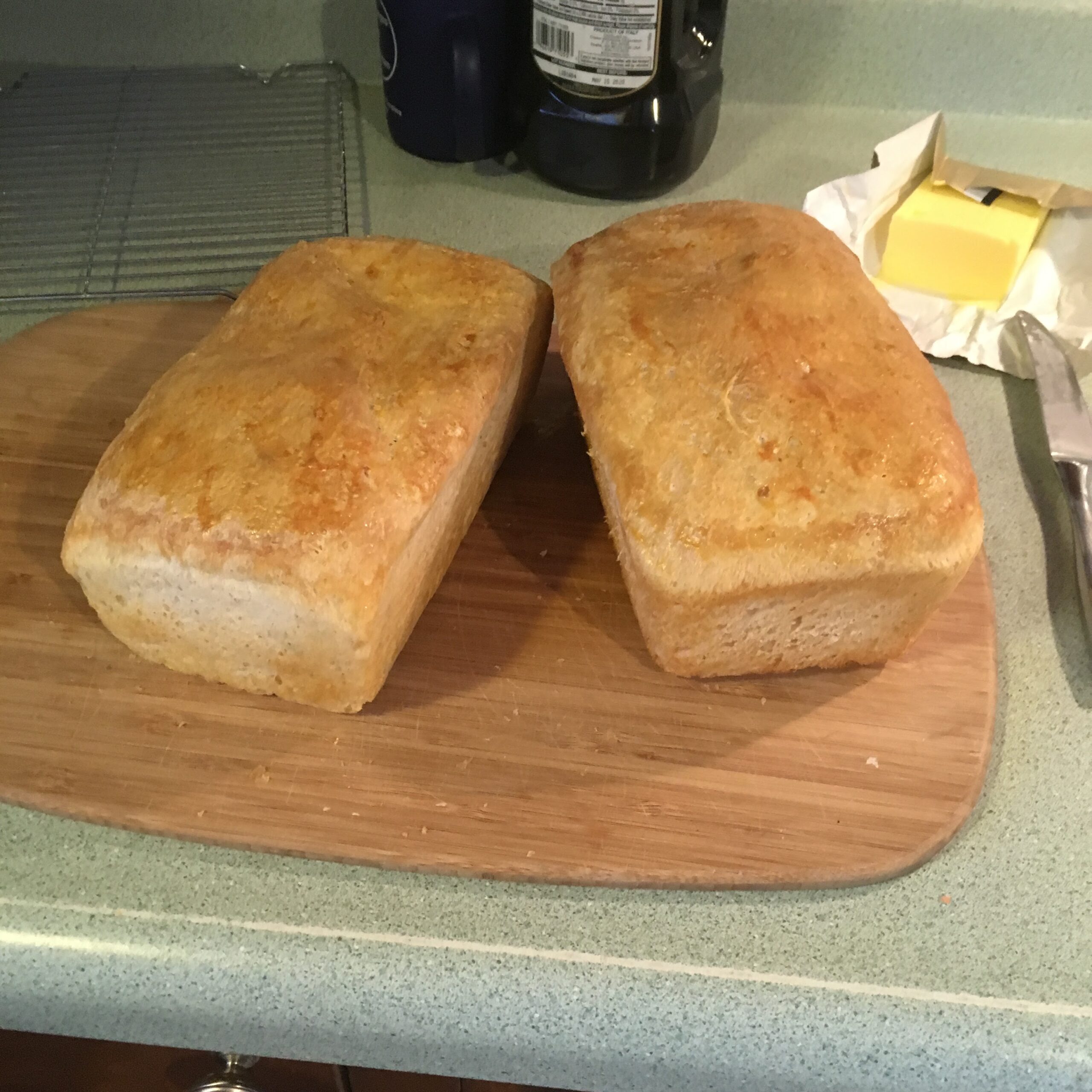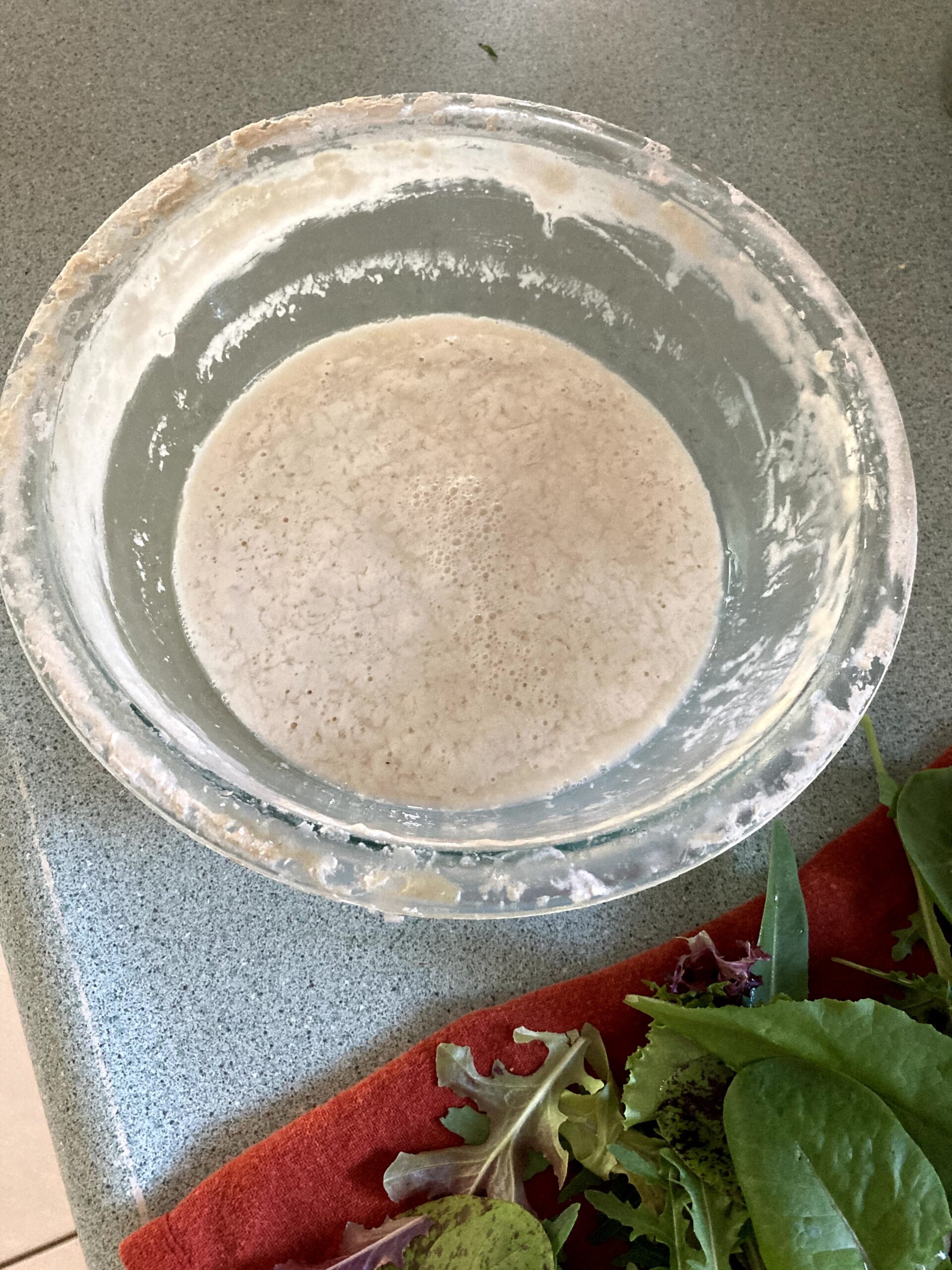
Sourdough is having a moment. Recent difficulties in finding commercial yeast at the grocery store coupled with a spike in interest in bread baking have made sourdough look like a reasonable option for home bakers. Sourcing and maintaining a sourdough starter require some effort and planning, but with a strategy in place and the right tools at hand, it can be a great option for leavening all kinds of baked goods. Bread is just the beginning!
What is sourdough?
Instead of using commercially processed yeast, which features one strand of yeast, the sourdough process makes use of the many wild yeasts that are naturally found on flour and in the environment. Baking with sourdough is a bit like domesticating wild yeasts by feeding them, then coaxing them to work on your behalf.
Here’s the basic chemistry: when you feed your starter (with flour and water) the yeast eats the sugars, the byproduct of which are the gases carbon dioxide and ethanol, thus creating the signature bubbles and leavening the dough. But it is not all science. Sourdough breads feature flavors and textures that cannot be replicated with store-bought yeast. Baking with sourdough starter is an art form, and the results are often surprising and delightful.
What is a “starter”?

Sourdough starter looks something like bubbly paste, which it is: a mixture of flour and water where wild yeast can happily eat and produce gas. With proper care and feeding, sourdough starters can thrive for many years and produce endless loaves of bread.
Sourdough bread recipes call for starter as the leavening agent, though some recipes may also call for commercial yeast to speed up the process. Using a sourdough starter alone to leaven bread does require a bit more time for rising and proofing, but it can be managed with a bit of planning.
How do I get started with starter?
The fastest way to obtain a sourdough starter is to know a sourdough baker. Sharing a well-maintained starter is easy to do, and most sourdough enthusiasts are happy to share. Don’t know anyone with starter to share? There are two options:
Making your own starter is relatively simple but does require some patience. Much has been written on this topic in recent months. A tutorial is available from A to Z Food America, a library database of recipes and food history (library card number required.) Other tutorials are available here and here.
Another option is to purchase an established starter. This option can be a little bit more of a sure thing than starting from scratch. Usually the starter will arrive by mail in a dormant state. The starter can be encouraged back to life with regular feedings, and soon enough, it will be ready for baking.
Once a living, bubbling starter has been established, it can be used in many recipes, including sourdough bread with its signature tangy flavor.
To find more resources for getting started with sourdough, contact the Research Desk at reference@mppl.org.

